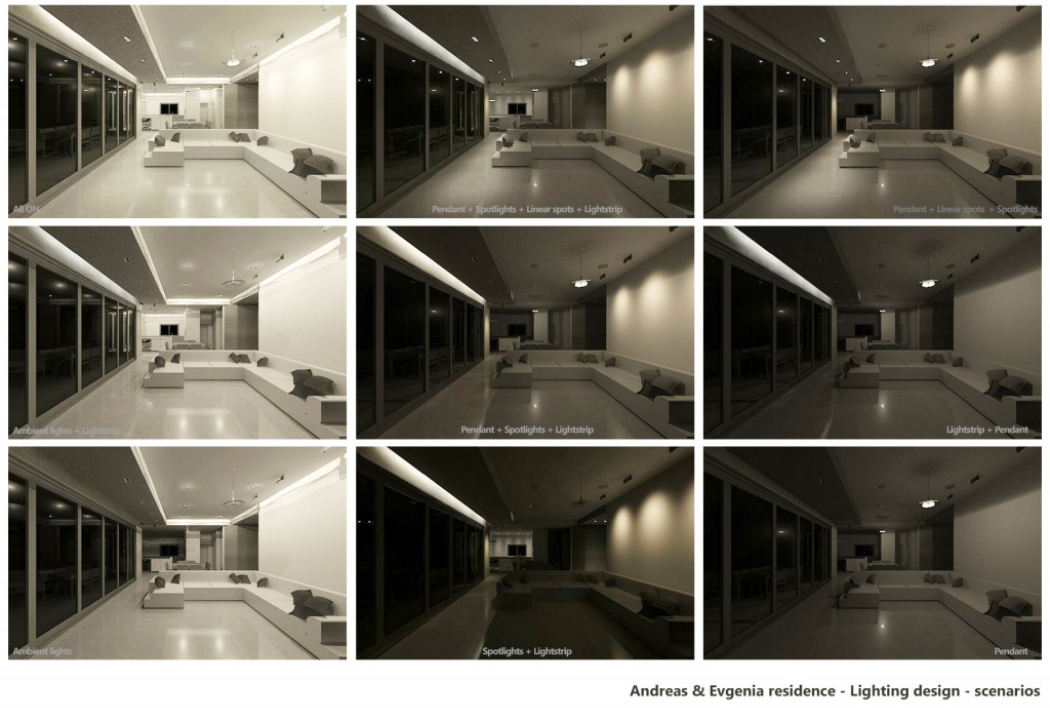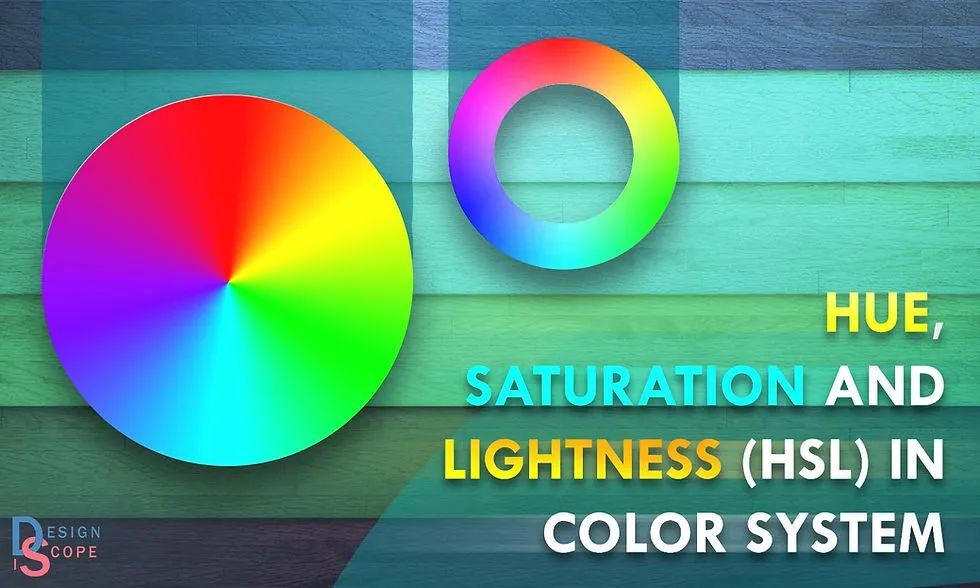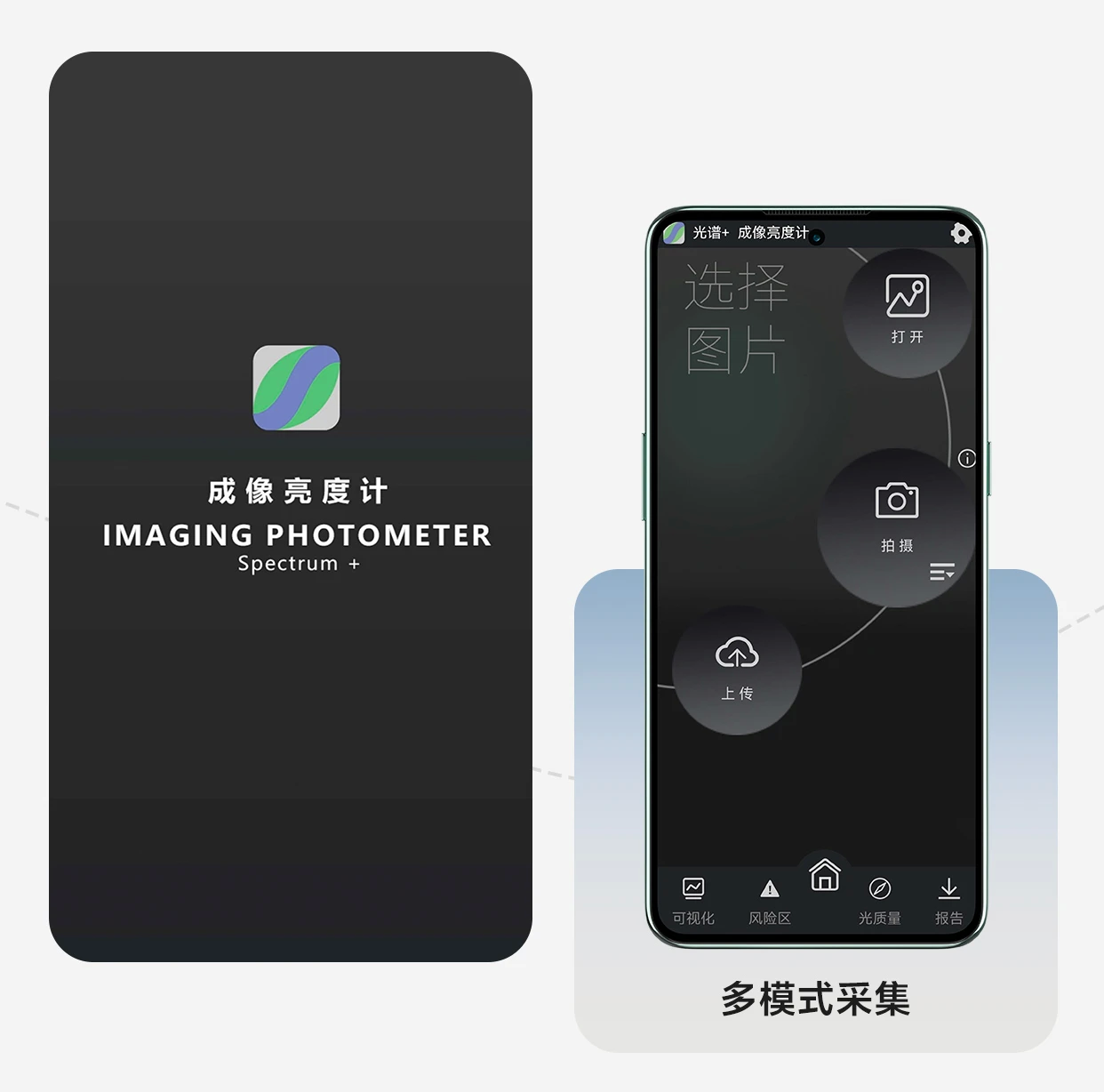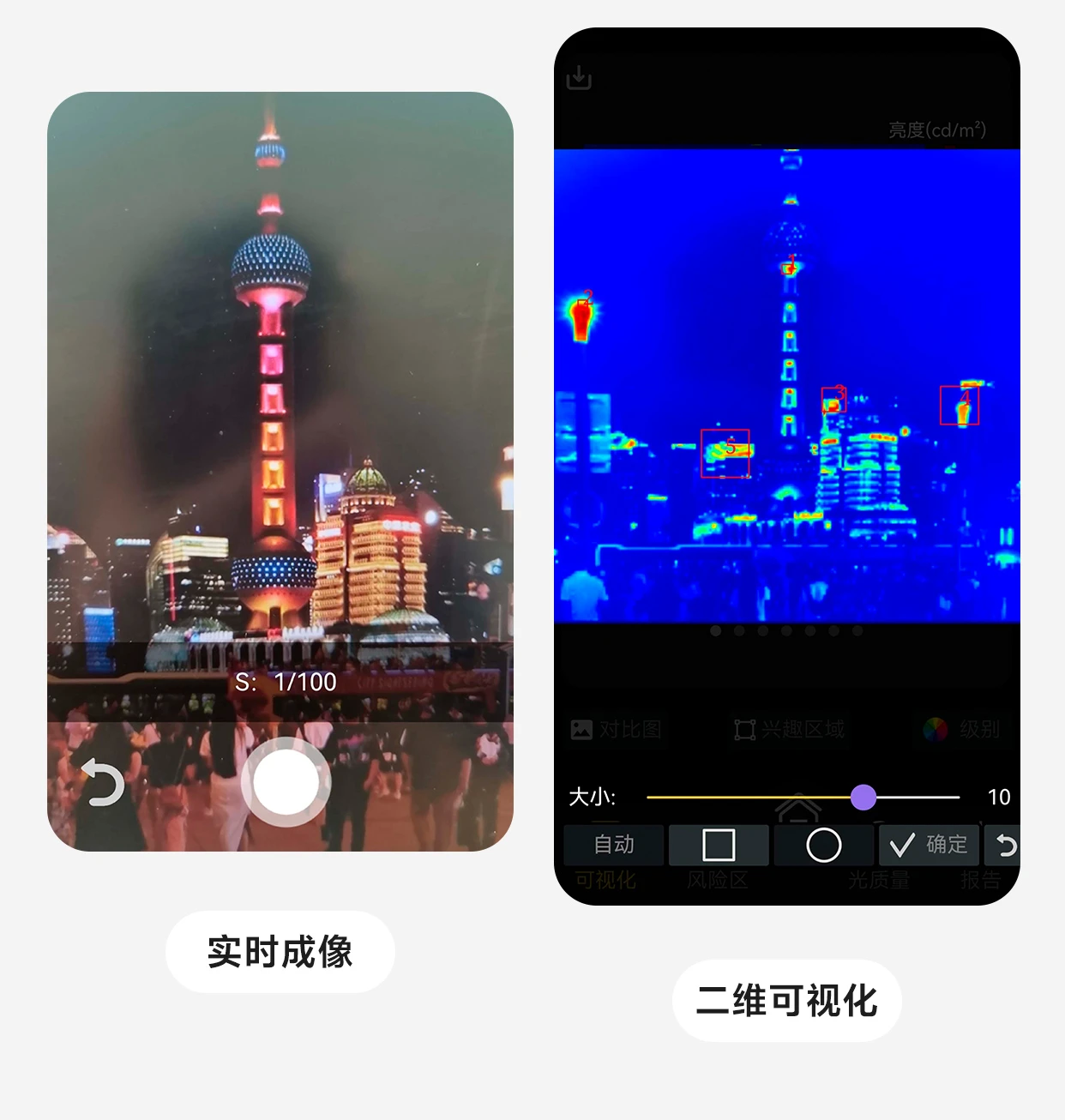
Independent Consultant, Canterbury, UK Independent Consultant, Wellington, New Zealand Technological University Dublin, Dublin, Ireland University College London, London, UK

A starting point to consider this question is the definitions given in the CIE International Lighting Vocabulary. Here, brightness is defined as ‘An attribute of a visual perception according to which an area appears to emit, transmit or reflect more or less light’ while spatial brightness is defined as ‘An attribute of a visual perception according to which a luminous environment appears to contain more or less light’. The obvious difference between these two definitions is that brightness relates to an isolated area while spatial brightness relates to a whole luminous environment. Having said that, a note attached to the definition states that spatial brightness does not necessarily relate to the brightness of individual objects or surfaces but can be influenced by them.
思考此问题的一个出发点是CIE国际词汇表给出的定义。在词汇表中视亮度被定义为:“一种视觉感知的属性,用来解释一个片区看起来发出、传输或反射光线的多少。”而空间视亮度被定义为:“一种视觉感知的属性,用来解释一个光环境看起来包含光线的多少。”这二者的明显差别在于:视亮度是关于一个孤立的片区,而空间视亮度关乎一个整体的光环境。尽管如此,定义中的一个注释指出空间视亮度不一定与单个物体或表面的亮度相关,但可以受其影响。
An alternative approach to answering the question Is spatial brightness the same as the brightness of a space is to consider visual perception. For an isolated achromatic surface, the lighting of which is not visible or understandable, perception is limited to brightness, and this will be closely linked to luminance. For a lit interior whose lightingis visible and understandable, the human visual system unconsciously separates luminance into illumination and lightness [2,3]. This provides stability in perception.
回答“空间视亮度与空间中的视亮度是一回事吗?”的另一个途径是考虑视觉感知。对于一个孤立的灰色物体表面来说,其照明条件(lighting)是不可见,或者说不可理解的,对其的感知仅限于视亮度并且与亮度密切相关。对于一个被照亮的室内空间来说,其照明条件(lighting)是可见的或可以理解的,人的视觉系统无意识地将亮度(luminanace)分解为光照条件(illumination)与物体明度(lightness)。这为感知提供了恒常性。


As an example, consider a black cat sitting on a sunlit windowsill of a deep daylit space and compare its appearance to a white cat a long way from the window. It is an everyday experience that the black cat will continue to look black and the white cat white despite the luminance of the black cat being higher than that of the white cat. The CIE definition of spatial brightness given above recognizes this perceptual capability and relates only to the illumination part. The definition of brightness does not. In terms of perception, the answer to the question ‘is spatial brightness the same as the brightness of a space’is negative.
比方说对比两只猫:有一只黑猫坐在一个阳光明媚的窗台上,还有一只远离窗户的白猫。日常经验告诉我们,尽管黑猫的亮度高于白猫,但是黑猫看起来依旧是黑色的,白猫看起来还是白色的。前面提到的CIE对空间视亮度的定义中涵盖了这种感知能力,但是仅包括光照条件那部分(而没有物体明度lightness),而CIE对视亮度的定义中却并未包含。从感知的角度来说,“空间视亮度与空间中的视亮度是一回事吗?”的答案应该是否定的。
What this suggests is that any experimenter seeking to study spatial brightness needs to be very careful about the wording of any questions posed to people. Specifically, rather than simply asking about the brightness of the space, it could be much better to ask about the amount of light in the space and the lightness of the surfaces and, thereby, identify the two elements of perception.
这就意味着,研究空间视亮度的实验主试(相对于被试),得在提问的措辞上非常注意。具体来说,不能只是简单地问该空间的视亮度,更好的方式应该是问该空间中光量,以及各表面的物体明度,进而对这两种视觉感知属性(illumination和lightness)进行区分。

It is unfortunate that the CIE has chosen to use the word brightness in its definition of the perceived amount of light in a space. What is needed for clarity is a nomenclature that is consistent with visual perception. For the perception of the amount of light in a space one possibility is to introduce the term fluxness. This makes a nice triad with brightness and lightness.
遗憾的是CIE已选择使用“视亮度”一词定义空间中被感知到的光量。为了更明确起见,应该采用与视觉感知一致的命名法。对于空间中光量的感知,一种可能的命名是引入“fluxness”这个词。这与视亮度(brightness)、明度(lightness)组成了三位一体的维度。
Brightness is for the perception of an isolated surface seen in aperture mode; lightness is for the perception of the ability of a surface in a space to reflect light and fluxness is for the perception of the amount of light (or luminous flux) in a space. The adoption of such a nomenclature by those interested in the perception of lighting would avoid a lot of confusion.
视亮度用于描述感知到的单独某个表面上进入瞳孔的光量;明度则用于描述感知到的物体表面在空间中反射光的能力;fluxness则用于描述感知空间中的光量(或光通量)。如果照明和感知领域的学者们采用这一套命名法,就可以避免许多混淆。
References
Van de Perre L, Smet KAG, Hanselaer P, Dujardin M, Ryckaert WR. The effect of correlated colour temperature and wall luminance on spatial brightness and scene preference in a windowless office setup. Lighting Research and Technology 2024; 56: 316–336. Lynes JA. Lightness, colour and constancy in lighting design, Lighting Research and Technology 1971; 3: 24–42. Cuttle C. Lighting by Design, 2nd edition. Oxford: Architectural Press, 2008.
相关阅读:
在探讨“空间视亮度”这一概念时,我们深刻认识到光环境对人类视觉感知的重要性,同时也认识到传统光环境评估方法的局限性。正如文中所述,空间视亮度不仅仅是关于单个物体或表面的亮度,而是关乎整个光环境的感知。这种感知不仅影响我们的视觉舒适度,还与我们的健康和生活质量息息相关。

为了更好地理解和优化我们周围的光环境,一款创新的工具——光谱+成像亮度计应运而生。这款由复旦大学姚其教授团队研发的设备,仅需手机摄像头即可实现亮度分布实时成像,同步分析光谱成分、蓝光占比及昼夜节律影响(如黑视素等效日光照度EML)。例如,文中提到的“空间视亮度与物体明度混淆”问题,可通过伪色图直观区分光照条件(illumination)与表面反射特性(lightness)。

它不仅操作简便,无需专业人员操作,还能提供直观的数据和分析结果,让复杂的光环境评估变得简单易懂。光谱+成像亮度计的出现,为照明设计者、环境科学家以及普通用户提供了强大的支持。无论是专业领域还是日常生活,它都能帮助我们更精准地测量和优化光环境,确保我们的视觉健康和生活质量。通过这款设备,我们不仅可以更好地理解“空间视亮度”的概念,还能将其应用于实际场景中,为创造更健康、更舒适的光环境贡献力量。
使用、咨询或购买请长按下方二维码:

转载文章并不代表中国之光网赞同其观点和立场。
涉及内容版权、真实性或其它问题,请致电:0510-85188298 ,我们将第一时间处理。










